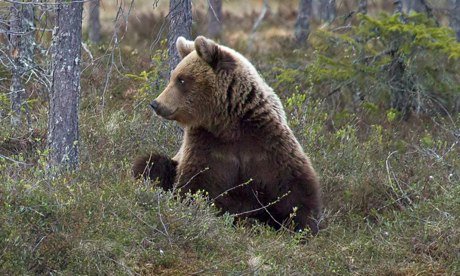It appears as if humans weren't the only ones badly stressed by the recent cold snap.
Hundreds of striped bass were found dead this week in the Blackhall River, a tributary of the Connecticut River in Old Lyme, in what state Department of Energy and Environmental Protection officials believe was a natural die-off related to the extreme cold.
Five blue crabs also were found dead.
"We had the same thing happen last year," said David Simpson, director of marine fisheries in the agency's Bureau of Natural Resources. "It was pretty coincidental with the new moon, real low water, very cold weather."
He attributed the deaths, as best as DEEP staffers could determine, to "cold shock," possibly as a result of fish getting trapped in icy cold water by ice and shallow depth.
The DEEP also received reports in Old Lyme of fish drifting out of the Connecticut River and washing up on Long Island Sound beach, but Simpson said he believes those fish were part of the same die-off, which was first reported Sunday by an Old Lyme police officer.
"There's quite a few fish in there and the water really gets shallow during those extreme low tides," he said. "It was a pretty quick change of temperature. There was a salinity change ... I think they just got caught in it."

Comment: Could such a shutdown of the Gulf Stream lead to, or at least correlate with, the sudden onset of an ice age?
The geological record says it certainly could!
What have we noticed in recent years? Long, cold winters...